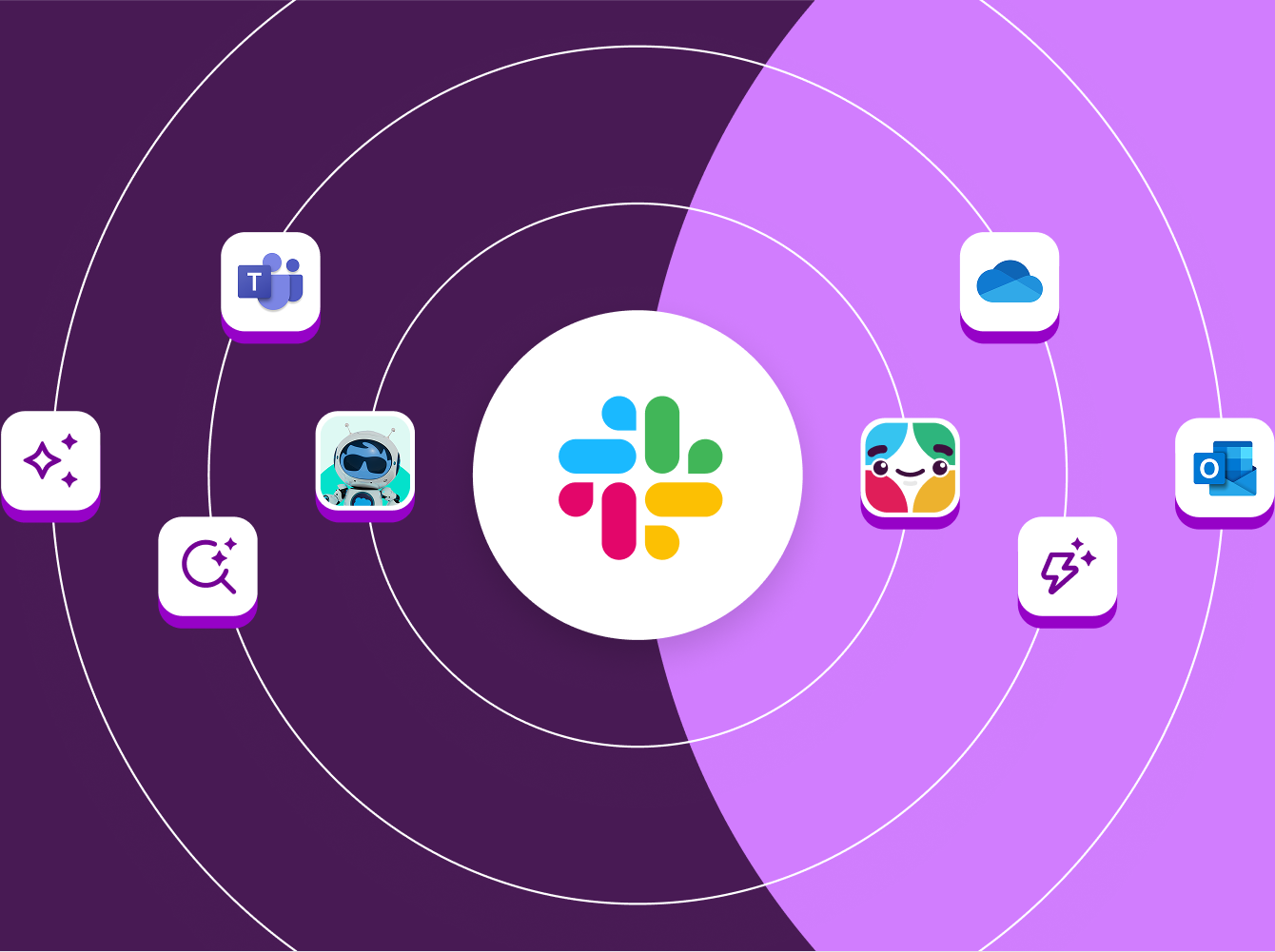In the past few years, the tectonic plates of work have shifted. We witnessed an overnight redesign of where and when we work. Now a great leap in artificial intelligence promises to change the very nature of how we work.
A new study by Slack and Qualtrics takes the pulse of how these changes have affected employees’ productivity. In it, you’ll learn:
- Why executives and non-executives disagree about what organizational productivity should look like today across multiple lines of business, industries and countries
- The biggest opportunities for harnessing AI and automation—and why some companies have been slow to adopt these technologies
- How to make work simpler, more pleasant and more productive (as told by global workplace leaders)










